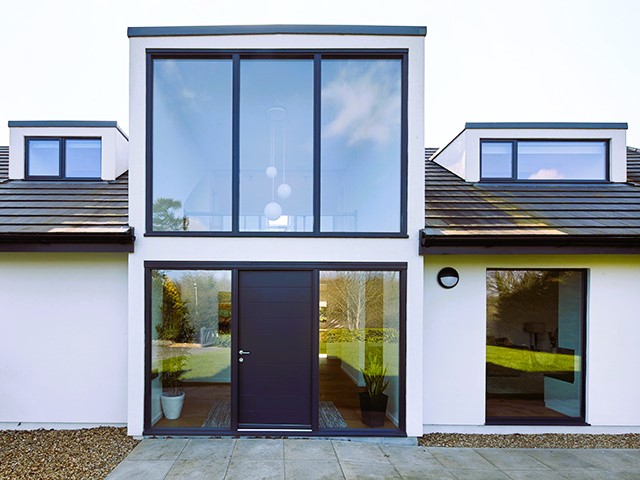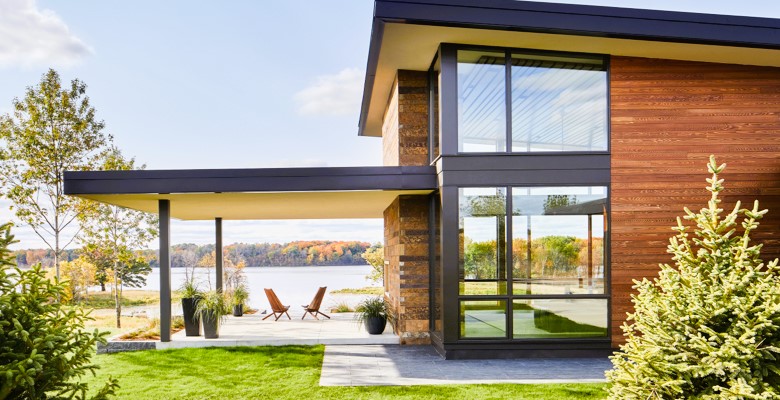In the realm of architecture and sustainable design, the concept of eco-friendly windows has emerged as a pivotal force driving innovation and environmental consciousness. The intersection of energy efficiency, design aesthetics, and ecological responsibility has reshaped the way we think about windows. From the selection of materials to their impact on energy consumption, the journey to ecologically conscious windows is one that holds immense promise for the future of built environments.
The Essence of Eco-Friendly Windows
Eco-friendly windows encapsulate a holistic approach to design that places the environment at the forefront. These windows not only serve as portals to natural light and outdoor views but also function as integral components of energy-efficient building envelopes. Embracing eco-friendly windows aligns with a broader commitment to reducing carbon footprints and fostering sustainable living.
Standardization for Sustainability
Standardization, a cornerstone of modern industry, plays a pivotal role in the advancement of eco-friendly windows. Platforms like Wikipedia offer comprehensive insights into green building practices, including windows designed to minimize environmental impact. Similarly, provides resources on environmental conservation, emphasizing the importance of sustainable construction practices that encompass eco-friendly windows.
The Literature Insights
- “Energy-Efficient Windows: A Comprehensive Guide” by Jason B. Harman delves into the technical intricacies of energy-efficient window technologies. This source sheds light on the latest advancements in glazing, insulation, and solar gain management, which contribute to reducing energy consumption.
- “Sustainable Construction: Green Building Design and Delivery” by Charles J. Kibert emphasizes the role of windows as essential elements of green building design. The book discusses the integration of energy-efficient windows within the context of sustainable construction practices.
- “The Green Self-Build Book: How to Design and Build Your Own Eco-Home” by Jon Broome underscores the significance of windows in creating energy-efficient and comfortable living spaces. The book explores various aspects of sustainable design, including window placement and glazing considerations.
- “Residential Windows: A Guide to New Technologies and Energy Performance” by Stephen E. Selkowitz offers insights into the energy performance of residential windows. This source highlights the importance of selecting windows with appropriate U-values, solar heat gain coefficients, and visual transmittance to achieve optimal energy efficiency.
Windows as Energy Modulators

Eco-friendly windows embrace a range of technologies aimed at regulating energy flows. Low-emissivity (Low-E) coatings, for instance, minimize heat transfer, keeping interiors warm in winter and cool in summer. Additionally, gas-filled glazing cavities enhance insulation properties, reducing reliance on heating and cooling systems. The synergy of these technologies translates to reduced energy consumption and lower utility bills, contributing to both environmental conservation and financial savings. Balancing Sustainability: Navigating Water Use in Alberta’s Oil Sands Industry.
Sustainable Materials and Design
Eco-friendly windows extend beyond technological advancements to include sustainable materials and design considerations. Recycled and responsibly sourced materials minimize environmental impact while maximizing longevity. Moreover, designs that optimize natural ventilation and daylight harvesting not only reduce energy consumption but also enhance occupants’ well-being by connecting them to the natural world.
A Greener Horizon
The path to eco-friendly windows is not just about technology; it’s a commitment to a greener, more sustainable future. By embracing standardized practices, consulting informative platforms, and drawing inspiration from literature, architects, builders, and homeowners alike are empowered to make environmentally conscious choices. Eco-friendly windows serve as more than mere architectural elements; they are the embodiment of a collective effort to harmonize human habitats with the natural world. As we navigate the complexities of the modern built environment, eco-friendly windows illuminate the way forward toward a more sustainable and prosperous future.
List of recommended literature:
- “The Solar House: Passive Heating and Cooling” by Daniel D. Chiras
- “Window Seat: Reading the Landscape from the Air” by Gregory Dicum
- “Windows in Building Conservation” by David W. Look

